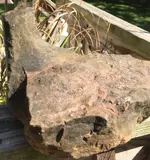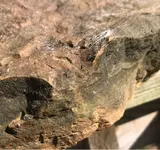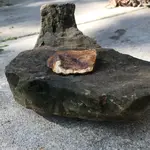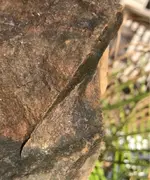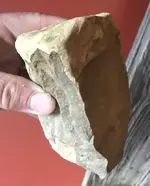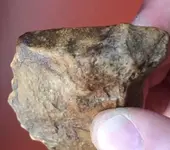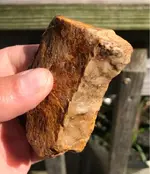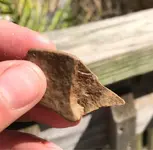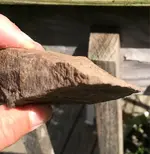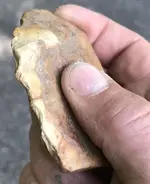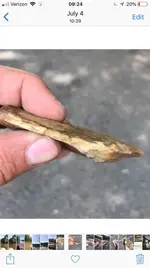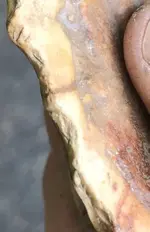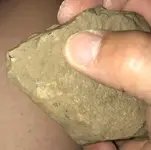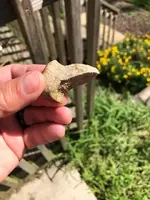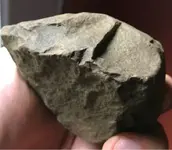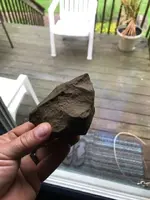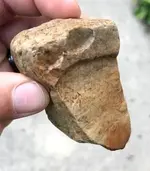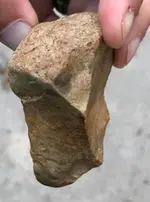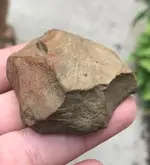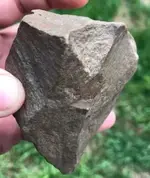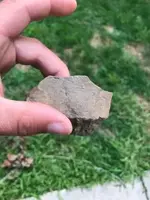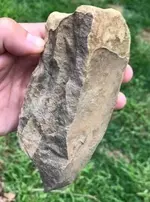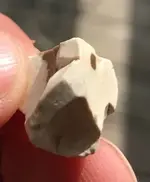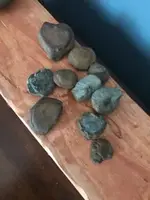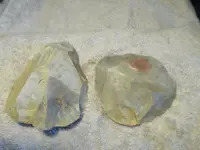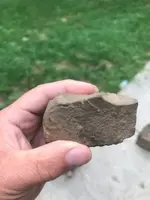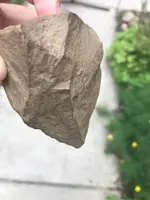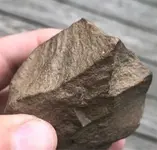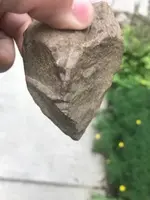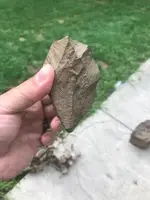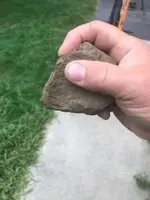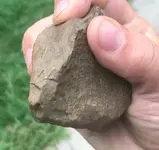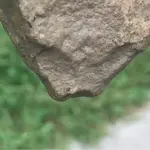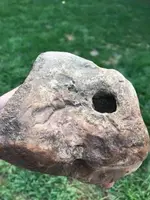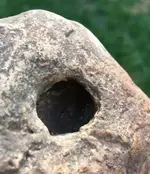Yes, I do see how that flint you posted seems to have been worked. I also understand that how that could be a natural phenomenon. I also do not know how to work flint myself.
However, I am aware of certain patterns found in certain artifacts. So, the cortex is the natural outer layer of a stone. I know that when working chert, (at least the prehistoric people who lived in this area) they would strike the cortex in a downward manner to obtain various flakes. As they used up the material they would taper the core to a point, which would sometimes be used as a hand axe for cracking/opening bones and such. I’m going to take a few pictures of one of the pieces I’ve already shown. Mostly, I want to point out the cortex, the various flake scars, how it’s been (apparently) tapered into one of these points, and (importantly) the chipped/dulled end of the point (an indication of use). In the forthcoming pictures, I am skeptical that a natural process would leave cortex intact while flaking the chert from various angles, tapering it into a very ergonomic tool, and grind down the ‘point’ to resemble use-wear. It’s another reason I’m conflicted about these rocks.
And mostly I want to point out that I’m a VERY skeptical person myself, so I appreciate the banter from other skeptics. I’m not inflexible in my opinions, I just want to make a case for these stones before they are lost to my wife’s garden...



